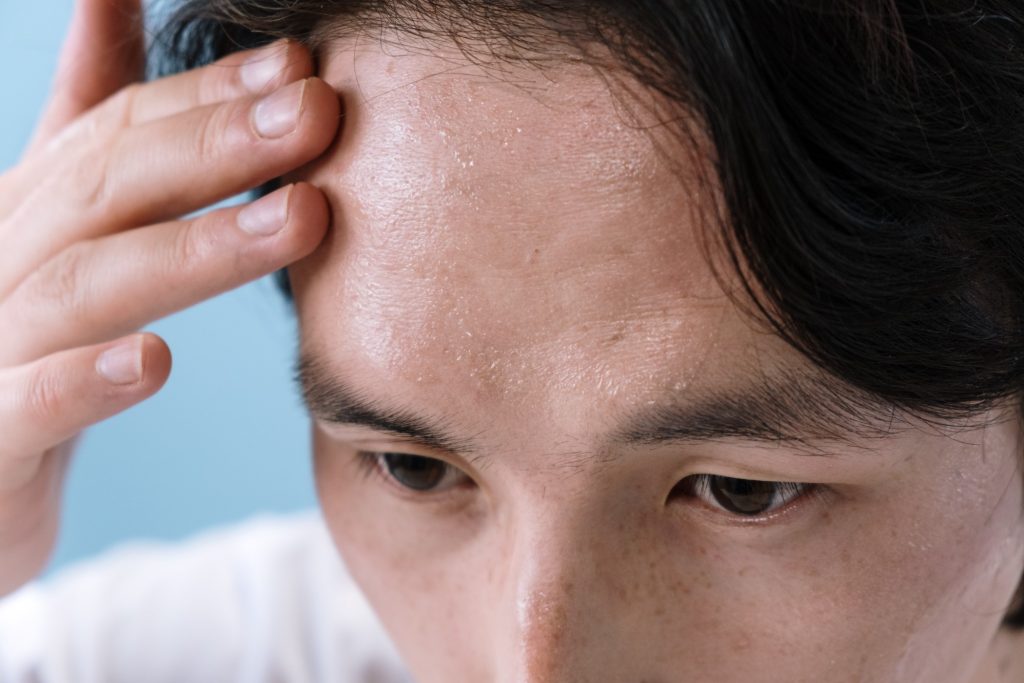
[ad_1]
No one likes getting rashes – they’re irritating and unpleasant.
Most rashes are completely harmless – the result of chafing, dry skin, or a benign allergic reaction. However, other rashes can indicate something far more serious.
One of the more serious causes of a rash is Gonorrhea.
In this post, we will discuss Gonorrhea, what a Gonorrhea rash can look like, and provide a list of other STIs that can cause rashes.

What is a rash?
A rash is an area of irritated or swollen skin that can be red, itchy, and painful. Rashes can occur anywhere on the body and are usually caused by contact with something irritating, such as plant life, an allergen (eg, to food or medication), an infection (eg, bacterial or viral), or even stress.
In some cases, rashes may also indicate a more serious health condition, such as diabetes, kidney disease, or lupus. It is important to seek medical advice if you have any concerns about your rash, as different types of rashes require different treatments in order to heal properly and reduce discomfort for the patient.
What is Gonorrhea?
Gonorrhea is a sexually transmitted infection caused by the bacterium Neisseria gonorrhoeae, It can cause infections in the genitals, rectum, eyes, and throat.
Gonorrhea is spread through sexual contact with an infected person and often doesn’t show any symptoms, making it difficult to detect. However, if symptoms do appear, they can include pain during urination, increased vaginal discharge, and discharge from the penis.
What is a Gonorrhea rash?
If left untreated, Gonorrhea can lead to a body-wide infection known as disseminated gonococcal infection (DGI), which can cause a rash as one of its symptoms. DGI occurs in around 3% of people with Gonorrhea.
A Gonorrhea rash can present with several different kinds of lesions or spots, including:
- Petechiae: Tiny red spots that appear when bleeding occurs under the skin.
- Macules: Flat spots on the skin that differ in color from the surrounding area.
- Papules: Raised, firm spots that can appear in various sizes and colors.
- Pustules: Small, inflamed bumps filled with pus resembling a pimple.
- Vesicles: Small blisters filled with fluid that are often itchy.
- Bullae: Larger blisters are filled with fluid that can extend deeper into the skin.
What other STIs cause a rash?
It is important to note that Gonorrhea is not the only STI that can cause rashes.
H.I.V.
At some stage, individuals with an HIV infection commonly experience a rash, either during the acute or chronic stages. A rash may be the only symptom of the infection for some individuals. HIV can cause various types of rashes to appear.
An HIV infection weakens your immune system by attacking your CD4 lymphocyte cells, which are vital in the fight against infections. This increases your vulnerability to other infections that could potentially result in a rash.
Syphilis
The initial stage of Syphilis can lead to the development of sores (known as chancres), mainly around the genitals, vagina, anus, or rectum. In the secondary stage, a rash may appear on the body, typically on the palms of the hands or soles of the feet. The rash may appear rough and red or reddish-brown.
The rash may manifest in different ways, such as small blotches or scales all over the body resembling a prickly heat rash, severe cold acne, moist warts in the groin area, white patches in the mouth, or pustules.
Herpes
If you have herpes, you may develop fluid-filled blisters around your genitals (Genital Herpes) or mouth (Oral Herpes) that appear wet. These blisters can burst and leave a sore, but the skin will eventually heal. You might feel itching or burning at the site of infection shortly before an outbreak.
Scabies
Scabies is a skin infestation caused by tiny mites called Sarcoptes scabiei, These mites burrow into the skin and lay eggs. The main signs of the infection are severe itching and a rash that resembles acne or pimples, with small pink bumps, blisters, or scales. The rash can be limited to one area or spread over the entire body.
Scabies is a type of infection that can spread through prolonged skin-to-skin contact such as hugging or holding hands. Sexual contact is not required to contract Scabies.
Zika virus
The Zika virus is mainly spread by mosquitoes in certain areas around the world, including the Americas, Caribbean, Africa, and Asia. However, it can also be transmitted through sexual contact.
Some people with the virus may not experience any symptoms, but those who do may develop a rash. The rash is typically very itchy and consists of flat blotches and raised reddish bumps. It usually appears between 3 to 12 days after the initial infection and may spread to various parts of the body, including the face, arms, legs, palms of the hand, and soles of the feet.
final thoughts
If you suspect that you may have an STI, it’s important to get tested.
At Better2Know, we offer a wide range of STI tests for anyone who thinks they may have an STI. Call the number above to speak to one of our Sexual Health Advisors, who can help you find the right test and clinic for you.
[ad_2]